The method of MMA welding, also known as process number 111, is a type of fusion welding. More specifically, it is a method of welding metal using an arc. The welding procedures included in this group are explained in the 1998 edition of ISO 857-1. The process of arc welding that employs the usage of a consumable electrode is known as metal arc welding. Arc welding of metal without the use of gas protection: The procedure of metal arc welding that does not include the addition of shielding gas from the outside and manual metal arc welding: Welding with a metal arc that is performed manually and utilizes a coated electrode. In Germany, the latter technique is referred to as manual arc welding (Lichtbogenhandschweissen), MMA welding (E-Hand-Schweissen), or electrode welding.

All three names refer to the same process (Elektrodeschweissen). The initials MMA and MMAW, which stand for “manual metal arc welding,” are frequently used in nations where English is the primary language. It is distinguished by the fact that the arc burns between a melting electrode and the weld pool. This is the defining characteristic of the process. It does not entail any external protection; instead, all of the protective properties against the atmosphere are produced by the electrode itself. Both the arc conductor and the consumable material for welding are included within the electrode. The coating produces slag and/or shielding gas, both of which (among other things) prevent the ambient gases oxygen, nitrogen, and hydrogen from penetrating the weld pool and the transferring drops.
MMA Welding Consumables
Arc welding, also known as metal-arc welding or MMA welding, can be performed with either direct current or alternating current. However, not all stock electrode coating types can be welded with alternating sinus current; for example, pure bare electrodes cannot be used with this type of current. When welding with a direct current, the negative pole is linked to the electrode for the majority of the kinds of electrodes, and the positive pole is connected to the workpiece for the majority of electrode types. Even in this context, the simple electrodes stand out as an outlier. It is in your best interest to link them up to the positive pole. The exact same thing is true for the cellulose electrodes that certain manufacturers produce. The “Electrode types” section contains further reading material for your perusal. The electrode is the tool that is used by the welder. The arc that is burning on the electrode is guided into the weld gouge by the welder, which causes the edges of the gouge to melt. The kind of gouge being used and the depth of the parent metal both play a role in determining the type of current that must be used. Stick electrodes can be purchased in a wide range of diameters and lengths due to the fact that the amount of current that can be carried by the electrodes is dependent on the diameter and length of the electrodes. The measurements that have been standardized can be found in DIN EN 759. As the diameter of the rod grows, welders are able to use increasingly powerful currents.
Gas Welding Consumables
By using coalescence, metals and thermoplastics are joined during the welding process. It is a quick and affordable method for joining two or more pieces together securely. During welding, filler metals melt to form a solid connection. In order to stop the hot metals from oxidizing, flux is frequently employed to create a shield of gas around the weld pool. Flux functions typically as a deoxidizer to prevent porosity from developing in the weld pool. Welding consumables are filler metals and flux combined.
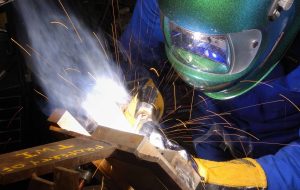
Some of the welding consumables used during the welding process include stick electrodes, solid wires, flux-cored wires, SAW wires, and fluxes. Flux, however, is “wasted” during the welding process because it is not included in the finished weld.
The global use of steel has a significant impact on the welding industry’s growth.
Many industries, including building and construction, automotive and transportation, maritime, power production, and oil and gas, use welding. As a result of the promising prognosis for end-use industries like the automotive and transportation, marine, and construction industries, the global market for welding consumables is anticipated to expand rapidly. This expansion is threatened by the delayed uptake of cutting-edge technologies, particularly in emerging nations.
Future technologies that are being developed, especially those that are intended to weld thick metal pieces, are the prominent trends that are having a beneficial impact on the market’s expansion. Additionally, the demand for welding consumables is moving toward automating various welding process steps, and it is anticipated that the advancement of robots and automation software would have a beneficial impact on growth.
On the basis of welding technique, consumable welding type, end-use industry, and geography, welding consumables are categorized.
Gas Welding Consumables
- Cylinder:
Oxygen cylinders are usually black. This cylinder stores oxygen at 1550 N/m2—1.8 m3, 3.5 m3, 7 m3, etc.
- Acetylene Cylinder:
Acetylene cylinders are maroon. This cylinder holds 175 N/m2 of acetylene—1.6 m3, 2.8 m3, 8.4 m3, etc.
- Regulator:
The regulator reduces tank pressure and controls the flow.
- Gas Hoses:
Typically, a double-hose configuration is used. Green oxygen hose, red fuel hose. Various types of gas require different hose threading. Oxygen (green) will use right-hand threads, whereas fuel (red) will use left-hand threads. This prevents hoses from being connected backward.

- non-return valve:
A flashback arrestor and/or non-return valve should be fitted between the regulator and hose, and ideally between the hose and torch on both oxygen and fuel lines, to prevent flame or oxygen-fuel combination from being pushed back into either cylinder and destroying equipment or causing an explosion.
- Check valve:
- Check valve: A check valve is a chamber with a spring-pressed ball at one end: gas flow in one direction pushes the ball out of the way, and no flow or flow in the other direction allows the spring to force the ball into the entrance, blocking it.
- Torches:
Welders use the torch to weld. It has a fuel gas and oxygen connection and valve, a handle, a mixing chamber (placed at an angle), and a flame-forming tip. Three pipes to a 90-degree nozzle and oxygen-blast trigger identify it. This process cuts iron and steel.
- Other Accessories:
A filler rod is a metal used in gas welding to construct joints.
Flux prevents oxidation and removes impurities in oxy-acetylene welding. Powder or liquid flux is used.
- Safety devices:
Eyeglasses
Sunglasses
Aprons
Oxy Acetylene Welding Consumables
The quality of the final weld is significantly influenced by the welding rod that is melted into the joint. Good welding rods are made to allow free-flowing metal, which will join easily with the base metal to generate strong, flawless welds with the right alloy.
For hard surfacing, welding rods are produced for different kinds of carbon steel, aluminum, bronze, stainless steel, and other metals.
All common commercial metal oxides have melting values that are greater than those of the underlying metals and alloys (apart from steel). When the metal is at the ideal welding temperature and is quite fluid, they are typically pasty.
Oxides and an effective flux will mix to create a fusible slag. Since the slag’s melting point is lower than that of the metal, it will flow away from the immediate area of conflict. Base metal oxides are eliminated when it mixes with them. Additionally, it keeps the base metal in the welding area clean and aids in removing the oxide coating from the metal’s surface.
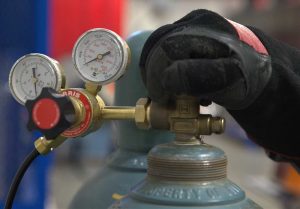
Any procedure should be used to clean the welding area. The flux also protects the molten metal from oxidation caused by the atmosphere.
The oxides of various metals exhibit a wide range of chemical properties and melting points. There isn’t a single flux that works well with all metals, and there isn’t a national standard for fluxes used in gas welding either. They are divided into groups based on the primary component of the flux or base metal for which they are intended.
Fluxes are typically available as powders. The hot filler metal rod is frequently inserted into these fluxes when applying them. As the filler rod melts in the flame, enough flux will cling to the rod to give the required fluxing action.
Welding Consumable Process
By using coalescence, metals and thermoplastics are joined during the welding process. It is a quick and affordable method for joining two or more pieces together securely. During welding, filler metals melt to form a solid connection. Flux is frequently used to create a gas barrier around the weld pool to stop hot metals from oxidizing. Flux functions typically as a deoxidizer to stop porosity from developing in the weld pool. Welding consumables are filler metals and flux combined.
Some of the consumables used in welding include stick electrodes, flux-cored wires, solid wires, SAW wires, and fluxes. Flux, however, is “wasted” during the welding process because it is not included in the finished weld.
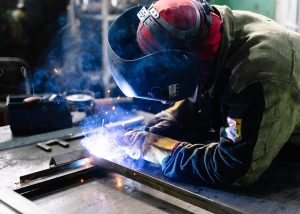
The global use of steel has a significant impact on the welding industry’s growth.
Many industries, including building and construction, automotive and transportation, maritime, power production, and oil and gas, use welding. As a result of the promising prognosis for end-use industries like the automotive and transportation, marine, and construction industries, the global market for welding consumables is anticipated to expand rapidly. This progress, however, is threatened by the delayed uptake of cutting-edge technologies, particularly in emerging nations.
Future technologies that are being created, especially those that are made for welding thick metal parts, are the main trends that are having a beneficial impact on the market’s expansion. The market for welding supplies is also evolving toward automation at various welding process stages. Growth is expected to be positively impacted by the development of robots and automation software.
Consumables for welding are divided into categories based on welding method, consumable welding type, end-use industry, and geography.
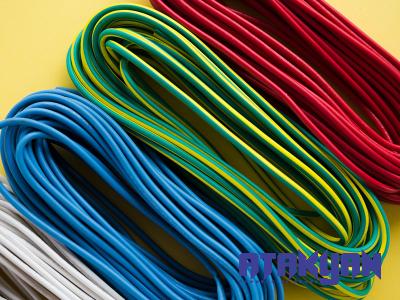


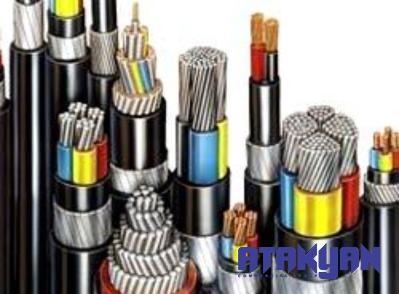
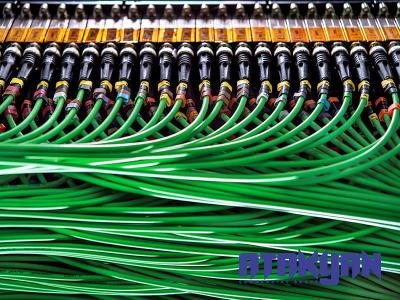

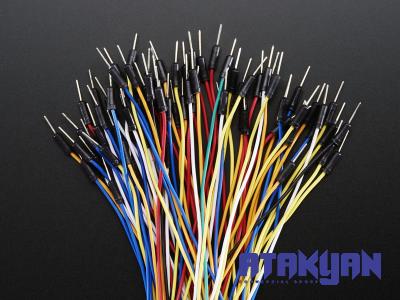

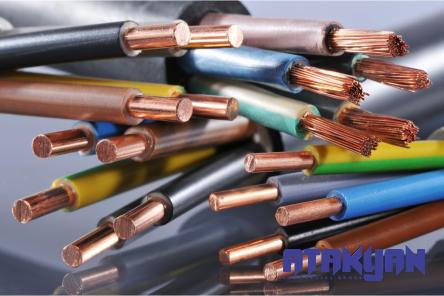
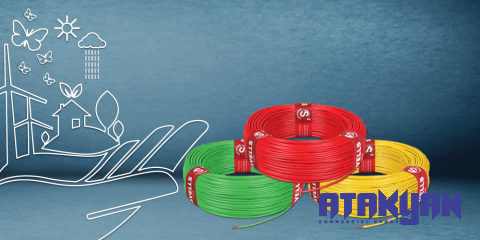
Your comment submitted.